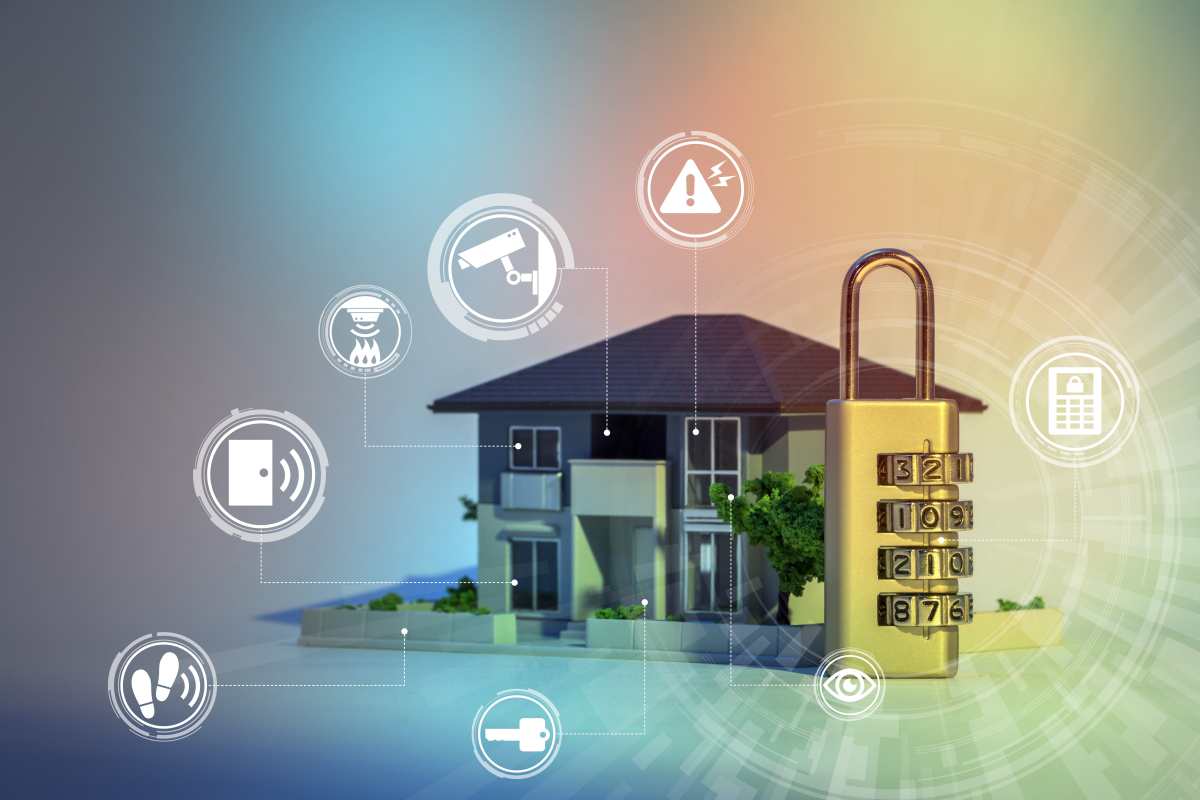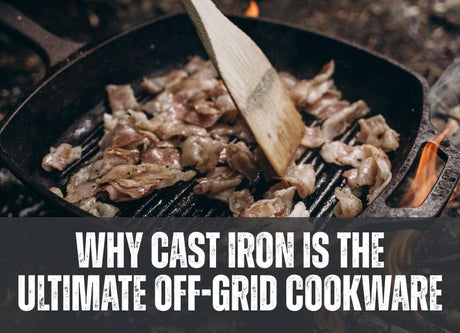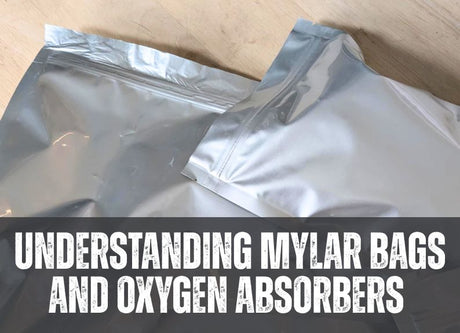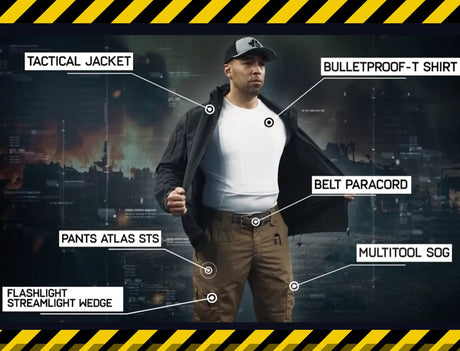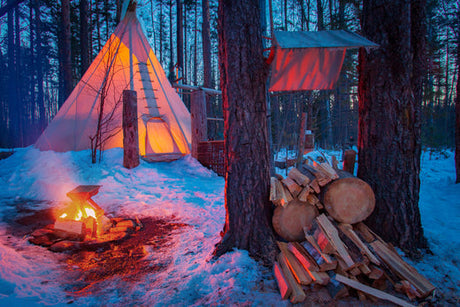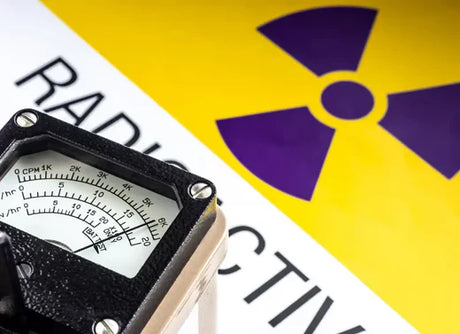In this blog, we will discuss the 10 layers of home defense and why they are necessary. You can use this as a checklist to strategize your home defense from various threats such as burglary, home invasion, angry mobs, or even in a post-disaster environment. The main purpose of these layers is to protect you and your family; always remember, your possessions are secondary and can be replaced.
Buy yourself time.
Each layer of home defence is intended to buy you and your family time to assess the situation and initiate a plan. For every layer you add, the level of protection increases. In many cases, a common criminal will simply avoid your house and move on to a more susceptible target if you have these layers in place. Use these ten layers to measure where you are and learn more about how you can increase your security.
The 10 layers of Home Defense.
1. Drones and remote surveillance

Drones allow for reconnaissance over a much larger area and can be very useful in alerting you to any suspicious activity or getting information on an incoming threat. For those who follow us on Youtube, we did a video on using drones for survival and preparedness a couple of years ago. It is important to note that many drones will require you to have a license to operate them, but this largely depends on the style of drone(s) you choose. Ensure that you know the bylaws for your area, so you don’t get hit with a hefty ticket.
2. Your community

Do you know your neighbours? Many would-be criminals might already live in your area. Having a strong sense of community with your neighbours can ensure that you always have a spare set of eyes on your property. Establishing a tit-for-tat relationship with your neighbours is going to be your first line of defence.
This is also where your own reputation within the community as somebody who is not to be messed with will let people know that you are not a soft target. This can be helped by being visible in your community and knowing your surrounding area well.
3. Early warnings and perimeter defence

In addition to the added watchful eyes of your neighbours, you can install systems that alert you to anyone near your property, such as driveway warning systems, tripwire, and more. These systems can let you know if somebody is encroaching on your property, which can be especially important if you live in a rural area with a large property.
4. Signage
Most criminals are looking for the easiest way to get what they came for. Sometimes signage can deter someone on its own. For example: beware of dog, no trespassing and no hunting signs indicate that you are not messing around. Bylaws about what kinds of signs you can put on your property may differ depending on where you are located, make sure you check before hanging.
5. Lighting and motion sensors

Motion lights increase the chance that criminals will be seen, and in that way, they are an effective deterrent. Darkness and concealment is a privilege you never want to give a would-be criminal or potential threat. We recently installed solar-powered motion LEDs that work great. The bonus of solar power is that it doesn’t require hard-wiring and lets you place your sensors almost anywhere. Putting criminals in the spotlight makes it less likely for them to proceed, as they don't know if they're being perceived by you or a neighbour.
6. Gates and fences

Gates and fences are an excellent way to deter a threat further. Always remember the Fort Knox line-of-sight rule: every deterrent should increase your line of sight, not hinder it. Fences and gates made of chain-link, metal bars, or bushes and shrubs, which are trimmed with visibility in mind, are all great ways of creating barriers between a criminal and your home.
7. Surveillance

Whether you use decoys, hard-wired, doorbell, or wireless cameras ––or a combination of all these, surveillance is an imperative defence layer. Many cameras also feature motion sensors that alert you to activity. We think that hard-wired cameras installed by a professional are the most reliable form of surveillance, but all cameras will have their own unique features. Choose cameras that work for you and your property, but always remember to install a backup power supply in case of grid-down.
8. Barricades and locks
This is one of the last layers of defense as the locks on your doors are easily picked and busted through without much effort by a seasoned criminal. A simple Sledgehammer or pry bar can get into almost any door in seconds! You might want to consider an extra point locking system like a Night Lock to buy yourself more time, but you will have to activate it before going to sleep or going on vacation. We also recommend adding things like door and window bars, padlocks, and gate locking systems. A simple $1 hack that can drastically increase your door’s strength is replacing the standard 1-inch screws with 3-inch screws on the strike plate of your door, which may buy you a few more seconds when every second counts.
9. Guard dogs
Another of the last lines of defence is a guard dog(s). We recommend that you research your breed, ensure you also engage in good obedience training and that you give them lots of love. A good dog who loves its family is a great deterrent for would-be criminals and an excellent companion in your backcountry survival and wilderness adventures. Guard dogs are also sensitive to sounds and smells that we cannot detect, making them a good warning system in situations of potential danger.
10. You and your family

You and your family are the final lines of defence. It is critical that you and your family have an emergency and danger preparedness plan. This can include things like an escape plan, hiding spaces, or the use of close-quarters weapons. Ensure that you have the appropriate training for their use. This training will vary depending on where you live, but it is critical that you use, store, and deploy these weapons responsibly.
Your best defence is concentric layers of defence.
The more of these layers you have activated, the less likely you are to find yourself in danger. Protect yourself and your family by incorporating our ten layers of defence into your home security and preparedness plan. In an emergency situation, these layers give you and your family time to make the best choice for your safety instead of making a reactionary decision. If you want to learn more about anything we’ve talked about here, subscribe to our Youtube channel and read more of our blogs.

